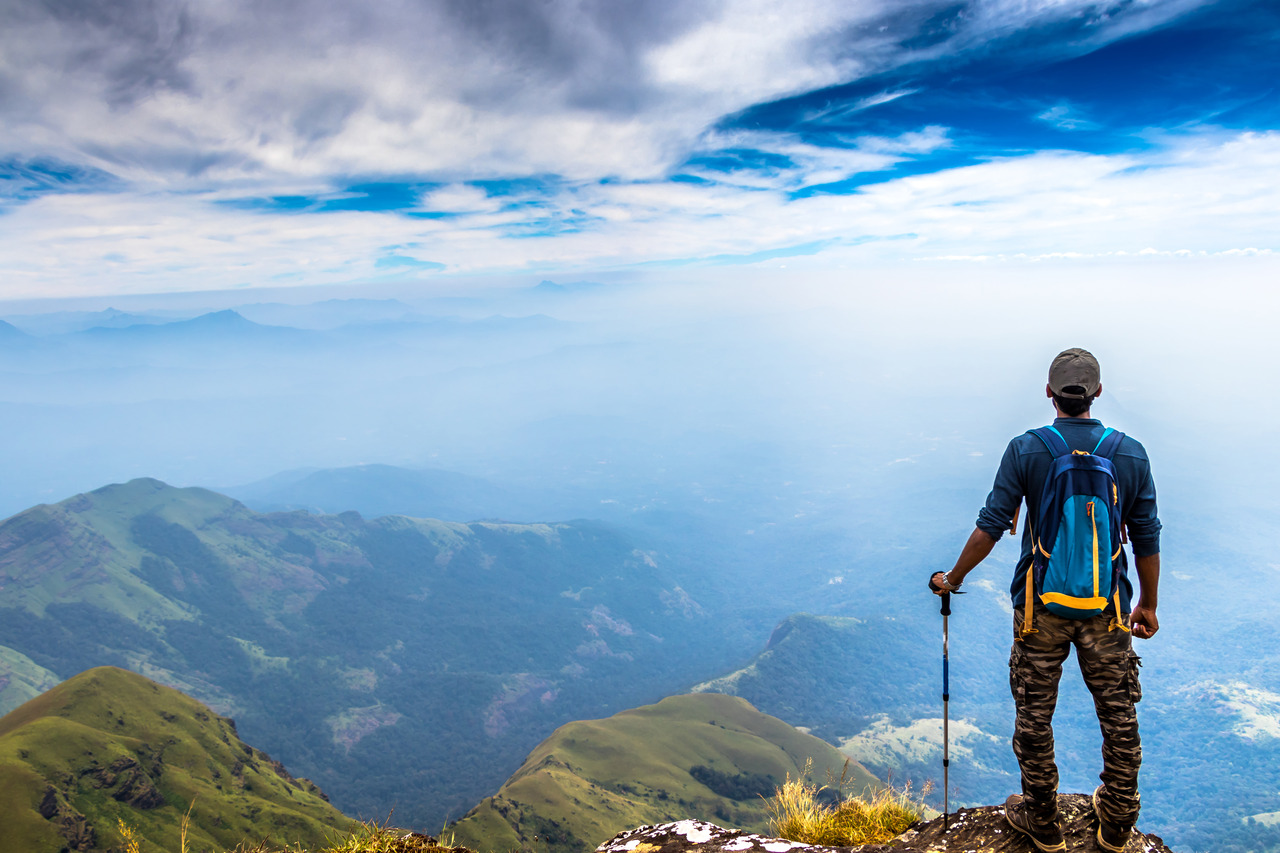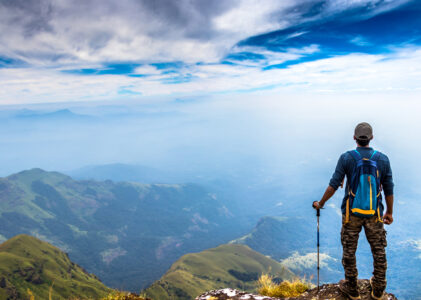Preparing for a Himalayan trek can get a little daunting, especially for a first-timer. Though you can prevent a great experience from turning into a stressful one, if you follow simple trekking tips. If you have no idea how to prepare for your first trek, don’t worry. It is not rocket science. And, it’s definitely easier than cracking the IIT exam. Lol!. All you have to do is be mindful of a few important things like fitness, what to pack, and choosing the right trekking equipment.
Trekking Tips: 10 Things to Keep in Mind Before Going on a Trek
In this blog, we will discuss trekking tips you should know before embarking on your first trek. These pointers will help you prepare for your trekking experience and make it an enjoyable and memorable one.
1. Choose the right trek
Choosing the right trek is essential before signing up for any new adventure in the mountains. Consider your fitness level, experience, and the difficulty level of the trek while choosing.
If you are a beginner, start with an easy trek like Har ki Dun, Dayara Bugyal Trek, etc. Shorter durations and fairly easy challenges on the trek are perfect for a soft launch in the world of trekking and mountaineering.
Once you have gained enough confidence and experience, you can move on to moderate trek and more challenging treks like Rupin Pass, Kedar Tal, and Friendship Peak.
2. Get Fit
Now that you have chosen your adventure, it is time to prepare your body to conquer the treacherous trails with ease. Trekking involves long walks for hours, uneven terrains, steep climbing, and unpredictable climate conditions. Training your body for the trek can help you avoid injuries and make your trekking experience more enjoyable.
Trekking Training tips: You can start with squats and lunges to strengthen your legs. You can also do upper-body exercises to prepare your body for carrying a backpack. Incorporate exercises, such as jogging or cycling, into your daily routine. Go on short hikes to prepare your body for longer treks.
3. Invest in the right trekking equipment
Having the right equipment is crucial for a successful trekking experience. Invest in comfortable and sturdy shoes, a backpack, some warm clothes, and rain gear for your first experience in the wilderness. You will also need a sleeping bag and tent for DIY treks unless you have signed up with an adventure travel operator, like us.
4. Choose the right backpack
Most people make this common mistake on their first trek. They buy a backpack smaller or larger than their required size and constantly struggle on the trail.
It is important to choose a backpack that fits your body well and has enough space to hold your essentials. A 60-liter backpack is sufficient for 4-5 travel days. Invest in a larger backpack for longer treks and expeditions.
Here’s a checklist for essential features in a backpack:
- Adjustable hip belt lengths
- Side pockets for water bottles
- Hip belt pockets or rear pocket for easy accessibility
5. Pack Light
Packing a backpack is the trickiest part. Too heavy, and it will feel like an excruciating burden on your shoulders. To avoid unnecessary weight, pack light and only carry what you need.
6. Choose appropriate clothing
Packing appropriate clothing is essential to stay comfortable and protected during the trek. Pack clothes according to the weather conditions and the difficulty level of the trek.
Wear breathable and moisture-wicking clothes to stay dry and comfortable during your trip. Don’t forget to pack a hat, sunglasses, and sunscreen to protect yourself from the sun.
7. Plan your route
Planning your route is crucial to ensure a safe and enjoyable trekking experience. Even if you are going along with an adventure travel group led by an experienced trek leader, it helps to know the details.
You can research the trek route, find out about the weather conditions, and plan your itinerary accordingly. It is also essential to inform someone about your trekking route and expected return date. You can also download offline maps or carry a GPS device to stay on track.
8. Carry a water bottle
Carrying enough water is crucial when trekking, especially in hot and humid weather conditions. Carry at least two liters of water per day. You can also pack water purifiers or filters to ensure access to safe drinking water.
9. Respect nature
The activity of trekking takes place in nature, and it is vital to respect and protect it. You should avoid littering and carry back all your garbage. It is also important to follow the rules and regulations of the trekking area and avoid damaging the natural environment.
10. Know how to reach the destination
Knowing how to reach the destination can avoid confusion and delays. Research the transportation options and plan your travel accordingly. You can also consider booking a cab or a private car to reach the starting point of the trek.
See? Preparing for a trek is not that difficult when you are mindful of all the above things. Hope this pocket-size guide will help you plan better for your next adventure in the mountains. Follow these trekking tips and don’t forget to have fun on the trail.


